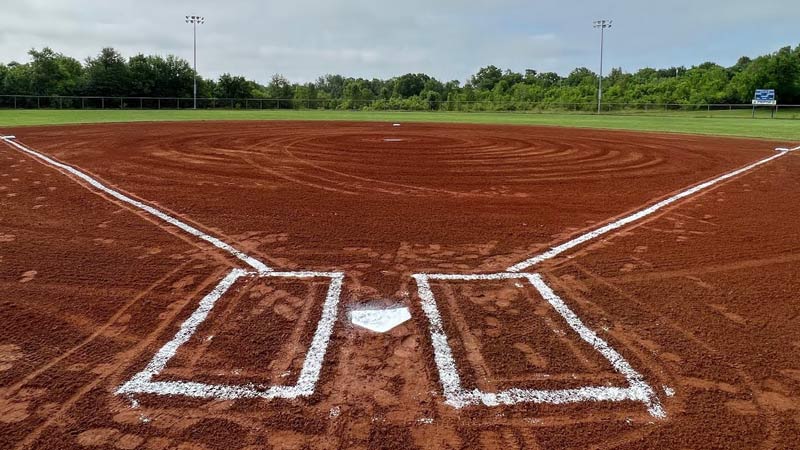When we watch a thrilling game of softball, we often notice that the infield is entirely composed of dirt. But have you ever wondered why softball infields don’t feature lush green grass like their baseball counterparts?
In this blog post, we delve into why are softball infields all dirt. Softball is a sport with a rich heritage, and its evolution has significantly shaped the playing surface.
From its urban origins to cost-efficiency and enhanced gameplay, there are compelling reasons why softball infields have remained steadfastly dirt-based.
The logic behind this choice not only adds depth to our appreciation of the sport but also sheds light on the thoughtful considerations made by the softball community to ensure a safe and exciting playing environment. So, stay focused.
Why Are Softball Infields All Dirt
Even though it’s a matter of confusion, there are some reasons why is a softball field all dirt. Softball infields are typically composed entirely of dirt for several reasons.
First, it enhances player safety by providing a consistent, forgiving surface that reduces the risk of injury during slides and falls.
A dirt infield allows for better drainage, preventing water accumulation that could lead to slippery conditions.
Moreover, dirt provides a suitable surface for field maintenance, making it easier to create and maintain a level playing field.
In contrast, grass infields would require more extensive maintenance and can be uneven, posing a hazard to players.
Additionally, the use of dirt infields helps control the speed of the game as the ball travels more predictably on a dirt surface, making plays more challenging and exciting.
The all-dirt infield is a practical and safe choice that benefits both players and the quality of the game.
Why Do Softball Fields Not Have Grass?
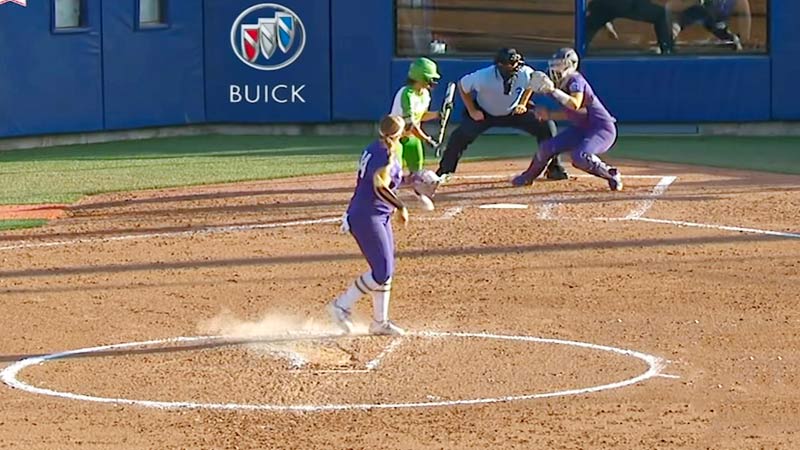
There are many reasons why is there no grass on a softball infield. Softball fields do not have grass in their infields for several reasons:
Player Safety
Grass infields can be hazardous for players, particularly when sliding or diving.
Grass can be uneven, leading to unpredictable and potentially dangerous playing conditions.
Dirt infields provide a more consistent and forgiving surface, reducing the risk of injuries.
Maintenance
Maintaining grass infields can be more challenging and time-consuming. Grass requires regular mowing, watering, and fertilizing to stay in good condition.
In contrast, dirt is easier to maintain and provides a more reliable playing surface.
Drainage
Dirt infields are better for drainage. They prevent water from pooling and creating muddy or slippery conditions, which can affect gameplay and player safety. Proper drainage is essential for a well-maintained field.
Game Speed
Dirt infields contribute to the speed and flow of the game. The ball travels more predictably on dirt, leading to more consistent plays and making the game more challenging and exciting.
Grass infields can slow down the game due to irregular ball bounces and variations in play.
Cost-Efficiency
Installing and maintaining grass infields can be costlier than dirt infields, making it more practical for schools, communities, and organizations to opt for dirt to save on expenses and ensure the field’s durability over time.
Historical Perspective of Softball Dirt Infield
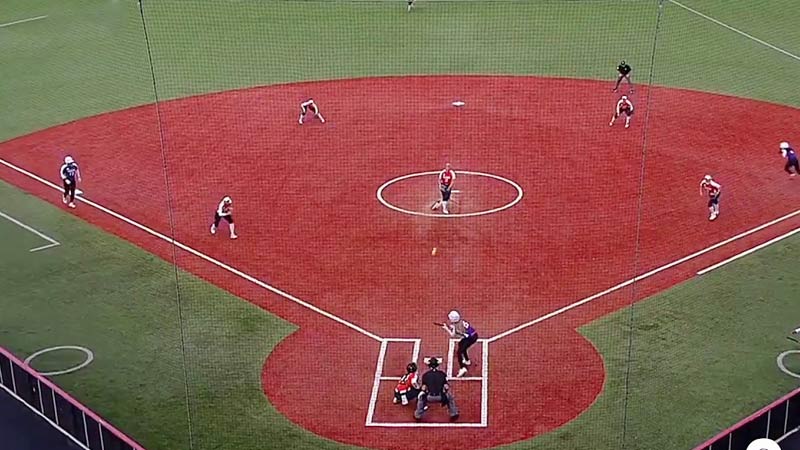
You should learn the historical perspective first to know why are softball fields dirt. The historical perspective of using dirt infields in softball can be traced back to the sport’s origins and the practical considerations of the time:
Baseball Roots
Softball, originally known as “indoor baseball,” was invented in 1887 as an indoor version of baseball. In its early years, it was played in gymnasiums and on smaller fields with limited grassy areas.
The transition to dirt infields was a matter of necessity, as these compact playing spaces were often not suitable for natural grass.
Urban Origins
Softball gained popularity in urban areas, where space was limited. Many early games were played in city parks and vacant lots, which were primarily covered in dirt or gravel.
Grass infields would have been challenging to establish and maintain in such locations.
Low Maintenance
Softball was embraced as a more accessible and affordable alternative to baseball. This practicality extended to field maintenance.
Dirt infields required less upkeep than grass, making it a cost-effective choice for both city authorities and local teams.
Consistency and Predictability
Over time, the use of dirt infields became a defining feature of the sport. Players and spectators came to appreciate the consistent, predictable bounce and behavior of the ball on dirt.
This made the game faster-paced and more exciting, contributing to its unique character
Tradition and Legacy
As softball evolved and grew in popularity, the tradition of using dirt infields was firmly established.
Today, it remains an integral part of the sport’s identity, reflecting its historical roots and practical origins.
Softball Playing Surface Requirements
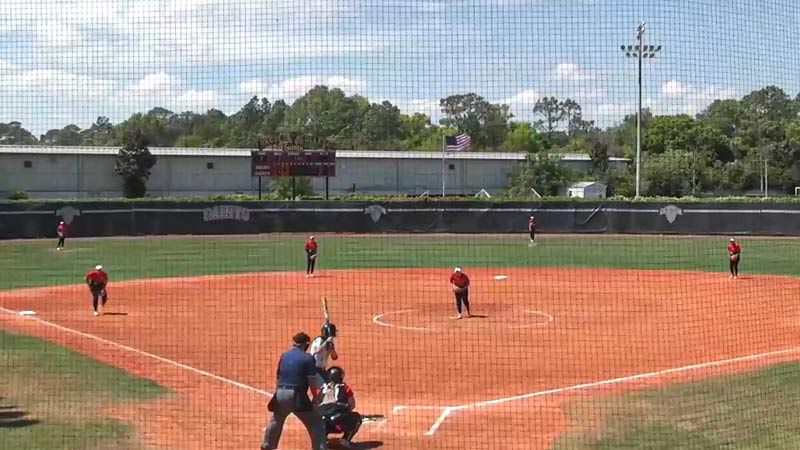
The main reason why does softball have a dirt infield is the field requirement. Softball playing surfaces have specific requirements to ensure fair play, player safety, and an enjoyable experience for all involved:
Infield Composition
Softball infields are typically made of clay or specialized infield mix. This surface offers a consistent, smooth, and firm playing area.
It allows for proper drainage to prevent water buildup and maintain a dry playing surface.
The infield dirt must be well-compacted to ensure stable footing and to reduce dust during play.
Base Paths
The base paths in softball must be made of contrasting material, such as chalk or painted lines, to distinguish them from the surrounding infield dirt.
These paths should be level and clearly marked, helping base runners and fielders to navigate the field effectively.
Outfield Grass
The outfield is traditionally covered with well-maintained grass. The grass should be cut at a consistent height, providing a smooth and even playing surface.
Adequate drainage is also crucial to prevent water accumulation that could affect fielding and running.
Pitcher’s Circle
The pitcher’s circle is a distinct area within the infield where the pitcher stands.
It must be made of the same material as the infield, typically clay, and marked with a clear, raised border. This circle is crucial for pitcher safety and ensuring a consistent delivery point.
Foul Lines and Batter’s Box
Foul lines should be well-defined and clear to indicate fair and foul territory.
The batter’s box, where the batter stands, should also be marked with chalk or paint and maintained in a way that provides a consistent surface for hitting.
Softball playing surface requirements are designed to promote fair play, player safety, and the integrity of the game.
Safety and Player Comfort Regarding Softball Field
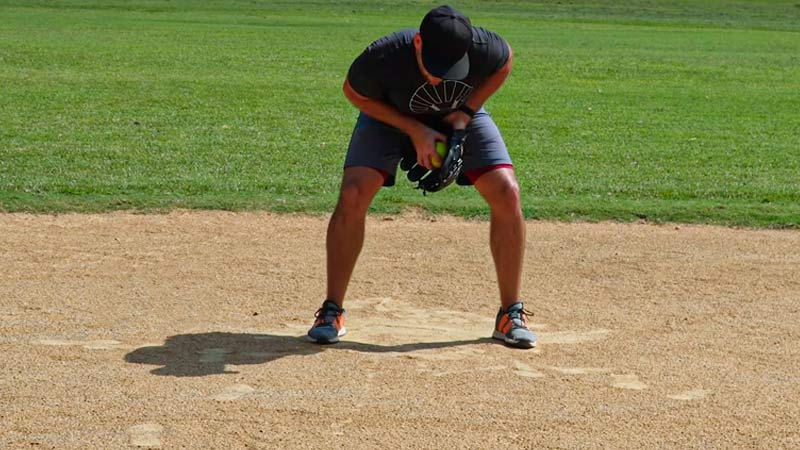
Ensuring safety and player comfort on a softball field is crucial for a positive playing experience. Here are several key factors that contribute to these aspects:
Field Condition
Maintaining a well-groomed and level playing surface is essential for player safety. Irregularities, holes, or loose dirt can lead to trips, falls, and injuries.
Regular maintenance, including filling in holes and keeping the infield dirt compact, is necessary to provide a safe environment for players.
Proper Drainage
Adequate drainage is critical to prevent water accumulation on the field, which can create slippery conditions and affect player comfort and safety.
Proper grading and drainage systems help keep the field dry, ensuring players can move and slide without the risk of injury.
Player Equipment
Softball players must wear appropriate safety gear, including helmets, face guards, and protective padding.
This equipment is designed to minimize the risk of injury and increase player comfort, particularly when batting or playing defensively in close proximity to the batter.
Fencing and Outfield Barriers
Fencing and barriers around the outfield are essential to protect players from collisions with objects outside the playing area.
Sturdy, well-maintained fencing helps create a safe and secure environment for both players and spectators.
Visibility and Lighting
Proper visibility and lighting are crucial for player safety, especially during night games. Well-lit fields and clear sightlines reduce the risk of collisions and help players track fly balls and grounders effectively.
Maintaining safety and player comfort on a softball field involves a combination of field maintenance, proper equipment, and a well-designed playing environment.
FAQs
Why don’t softball fields have grass?
Softball fields typically lack grass in the outfield to ensure a smooth, consistent playing surface.
Grass is hard to maintain, especially in high-traffic areas, and a dirt or artificial turf outfield is more durable and allows for predictable ball movement.
Why do softball fields have dirt infields?
Softball fields have dirt infields because they provide a safe and consistent playing surface.
Dirt is easier to maintain, allows for proper drainage, and offers good traction for players. It also prevents the ball from bouncing unpredictably, improving gameplay.
Does the use of dirt infields impact gameplay?
Yes, dirt infields affect gameplay positively. They contribute to a faster-paced game, with consistent ball bounces and player actions.
This enhances the excitement and challenge of the sport.
What type of dirt is used in softball infields?
Softball infields are typically made of clay or a specialized infield mix.
These materials offer good drainage, and firm footing, and reduce dust, ensuring a safe and playable surface.
Are there rules governing the maintenance of softball infields?
Yes, there are rules and guidelines for maintaining softball infields. They include keeping the surface level, free of holes, and properly compacted.
These measures ensure player safety and a fair playing field.
Wrapping Up
The use of all-dirt infields in softball is not merely a tradition but a result of careful consideration and practicality.
It offers a safer, more consistent, and cost-effective playing surface that enhances the game’s unique character.
Softball’s roots in urban spaces, the need for low-maintenance fields, and the desire for predictable ball behavior have all contributed to the enduring presence of dirt infields.
As we cheer for our favorite teams on the softball field, recognize that it not only connects us to the sport’s origins but also contributes to the excitement and challenge that softball fans have come to love.
The all-dirt infield remains an integral part of softball’s identity, and its significance continues to shape the game today. Thank you so much.

